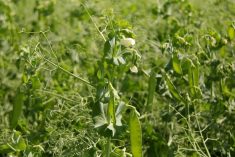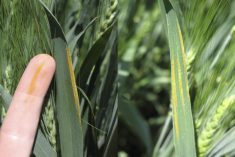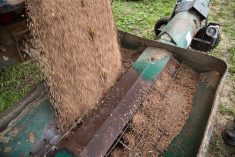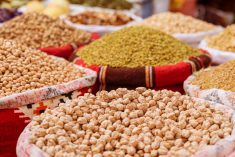Winnipeg/Commodity News Service Canada – Crops in Western Canada saw a range of weather conditions this year, resulting in lower production and higher protein. That means there will be a marketing shift next year, according to Bruce Burnett, weather and crop specialist with G3 Canada (formerly CWB), speaking at a Cereals North America conference in Winnipeg.
The country will also see a shift in seeded area as demand for pulse crops increases and wheat prices sink lower. Strong demand from India is one reason for the anticipated increase in Canadian pulse acreage, Burnett said.
Read Also
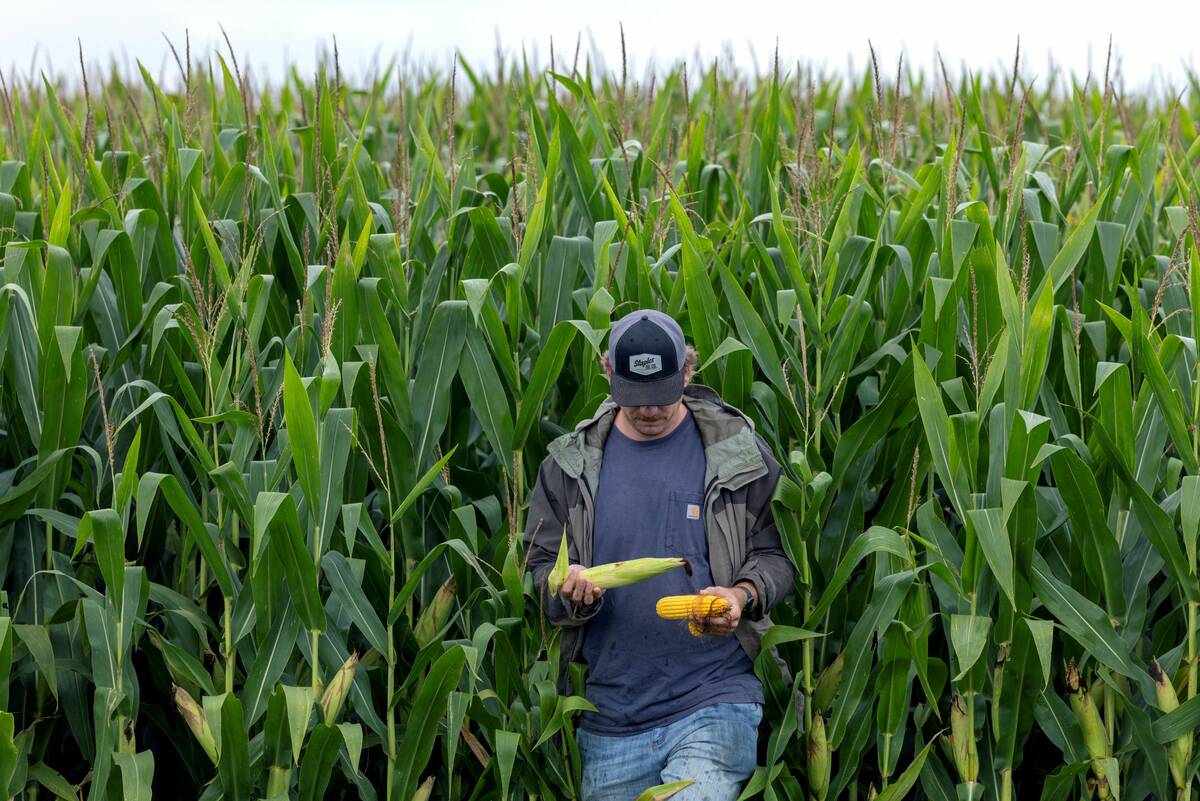
The U.S. corn crop could be the biggest ever. That’s terrible news for America’s farmers.
The USDA predicts a record corn crop for U.S. farmers, who question the agency’s accuracy amidst high debt and low crop prices.
He also expects the trend for soybeans to rise, with higher area in Manitoba and Saskatchewan.
“Manitoba will continue to include soybeans in regular parts of rotations in the areas that grow it now, and Saskatchewan will be doing what we call ‘frontier expansion,’ where new areas are trying out soybeans.”
Canola area is also expected to increase into 2016 due to relatively strong prices.
However, Burnett expects cereal crop production to decrease next year.
Producers are seeing poor returns when growing cereals, especially spring wheat, when compared with alternative crops.
The exception is durum, which may see an increase in area next year if prices stay at current levels.
As for this year’s production, western Canadian crops went through a gamut of weather conditions, Burnett said.
“Basically we’re seeing a drop off in production, but it wasn’t a disaster by any means.”
If you were to characterize the regions that had good crops and the ones that had poor crops, it’s basically a west and east thing, he added.
“If you go through about the middle of Saskatchewan, east of that line, yields are at least average to about average in virtually all areas.”
But generally speaking, in the west yields are below average.
This year’s production is lower than last year, but wheat and durum protein levels are higher than they’ve been in recent years, even rivalling levels seen in 2007, Burnett said.
“Protein levels are a little more consistent across the Prairies than what we’re used to.”
Burnett said it’s a similar situation with canola, where oil content has declined, but meal protein content has increased.
And because of how this year’s crop shaped up, there will likely be a marketing shift next year. Canada is back to lower carryout, which will be closer to average levels.
Export demand for wheat, durum, and canola need to be curtailed slightly to ensure Canada has adequate ending stocks, Burnett said.
He added that when compared to 2014-15, shipments of wheat and durum in the first quarter has decreased while canola has increased.
Cereals North America 2015 will be running until Wednesday, November 4.




